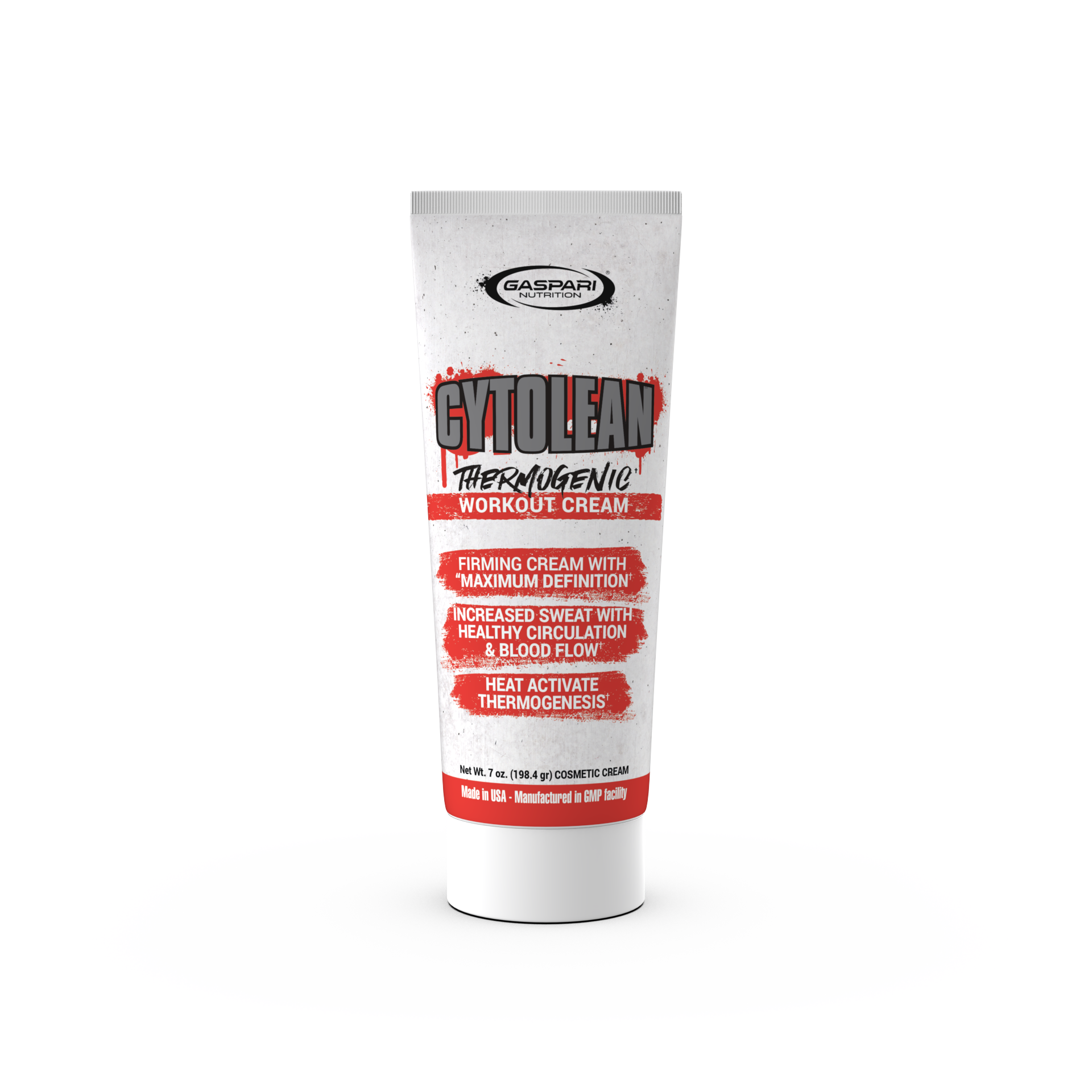You’ve probably heard trainers and other fitness-minded people talk about the importance of training both sides of your body. In most cases, these people are just thinking about their appearance. After all, it looks pretty silly when one arm is much larger than the other. A set of mismatched pectorals can look even more ridiculous.
However, we are going to look past the surface and get to the root of this problem. In this article, we will discuss muscle imbalances, why they are an issue, and how you can correct them.
Why Are Muscle Imbalances A Problem?
The biggest reason to avoid muscle imbalances is the fact that an unbalanced body is more likely to suffer an overuse injury. The human body is meant to be used as a combined unit. When one side is doing more work than the other, it puts a lot more strain on that side. Over time, this will cause the joints and bones to break down.
For instance, let’s say your right arm is stronger than your left. Whenever you do your bench presses, your right arm will be doing more work than your left. This will probably happen without any conscious effort on your part. This means that you are putting much more strain on your right arm and upon everything connected to that arm.
Research Section:
Let’s take a look at some peer-reviewed studies and see what we can learn. Several studies have been done on the subject of muscle imbalances, and most of them have concluded that muscle imbalances do increase the risk of injury. We found only one dissenting opinion.
This study investigated the occurrence of knee injuries in female athletes, finding that those with muscle imbalances had a higher rate of injury. This study analyzed the movement patterns and stress loads of 15 jumping basketball players. They found a significant increase in stress on the limbs of those whose muscles were unbalanced. This study supports the theory that muscle imbalances contribute to your likelihood of shoulder impingement.
Our one dissenting study seems to base the majority of its argument on the unknown. Rather than criticizing any part of this idea, they simply complain that certain aspects of this idea are not yet fully understood. For instance, it is true that muscle imbalances are difficult to measure and quantify. However, the idea that imbalances lead to injury seems well-proven.
Tips To Fix Your Muscle Imbalance
Let’s discuss four specific training tips that can help you to correct your muscle imbalances and maintain both a good appearance and a healthy body. Each of these steps will build upon the previous one, so make sure you follow them in order.
Step One: Try Some Unilateral Exercises
In the bench press example that we mentioned above, most people will end up using their stronger arm more than their weaker arm. This will only worsen the imbalance. Instead, give up dual-side exercises for a little while. This would include push-ups, pull-ups, squats, leg presses, and virtually all barbell work.
Instead of doing these exercises, pick up the dumbbells or kettlebells and work one side at a time. This method will prevent your stronger side from doing a disproportionate amount of work. You can also use a resistance band if you aren’t comfortable with dumbbells. That’s your first rule: Unilateral exercises only.
Step Two: Start With The Weaker Side
Most people will take a few minutes before a workout to mentally pump themselves. This might include listening to some good music or maybe just thinking about your goals. Either way, your first set is probably going to be your best one.
You should be doing only unilateral exercises at this point, so don’t be tempted to start with your stronger side. Use that initial burst of determination where it is needed most.
Step Three: Force The Stronger Side To Wait
Think of your two sides as two runners. They are a two-person team, so they have to stick together. When you have a muscle imbalance, it means that one of those runners is outpacing the other. Thus, you need to force the faster person to slow down and wait for the slower person.
In practical terms, this translates to equalizing the reps. Never allow your strong side to do more reps than your weak side. This will only worsen the imbalance and defeat the whole point of this process. If your weak side can only do ten reps, that means your strong side must do only ten reps. This forces your strong side to slow its growth and allow the weaker side to catch up.
Step Four: Go Back To Your Normal Routine
Follow the three steps above until your muscle imbalance is corrected. Once you believe the problem to be solved, go back to your normal routine. At this point, your main concern is to make sure that you don’t have to go through this process again.
From this point on, you should always make sure to train both sides of your body equally. When you start doing bilateral exercises again, take greater care to use both sides equally. You could even start doing some balance exercises, as good balance tends to help prevent uneven muscle usage. Even something as simple as standing on one leg can be good enough to generate some improvement.
Conclusion
Some people see muscle imbalances as a huge problem, while some others see it as “no big deal.” The truth lies somewhere in between. While a small amount of muscle imbalance is unlikely to cause a problem, it will only get worse unless you take action to correct the root issue.
As a final note, we would recommend that you ask yourself: “what caused my muscle imbalance in the first place?” The answer to this question will dictate the changes that you need to make. We hope that you have found this article to be helpful and that you will follow us on Facebook where we can teach you more.
The post How Do I Fix Muscle Imbalances? appeared first on Gaspari Nutrition.













































































Share:
Our List Of The Most Useless Exercise Machines You’ll Find In The Gym
Lower Ab Exercises To Build A Stronger Core